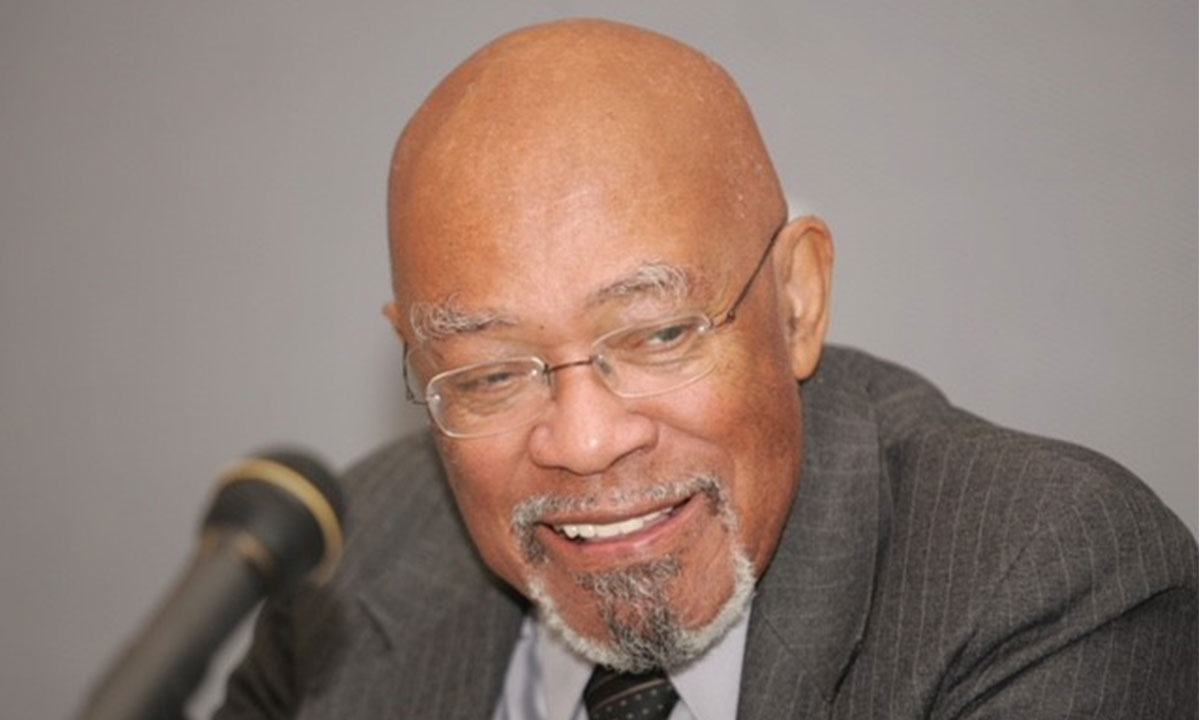The Alliance for Nonprofit Management yesterday presented the 2018 Terry McAdam Book Award to Professor Mary Kay Gugerty and her co-author for their recent book, The Goldilocks Challenge: Right-Fit Evidence for the Social Sector (Oxford University Press, 2018).
Now in its 30th year, the Alliance’s Terry McAdam Book Award Committee reviews books published in the nonprofit sector; highlights the very best thinking in management, governance, and capacity building; and helps expose practitioners to new knowledge and approaches in the field. This year, after reviewing 21 nonprofit capacity-building books published in 2017 or 2018, the committee determined that The Goldilocks Challenge best exemplified the spirit of the award: research-to-practice principles; relevance to the whole nonprofit sector; persuasive reasoning; and readability.
From the Committee: The Goldilocks Challenge is about measuring impact. Measuring impact: we all want to do it, know we have to do it…and are all too often frustrated by one-size-fits-all expectations of how to do it, expectations based on large nonprofits that represent so few of the organizations that most of us work with. The Goldilocks Challenge offers a solution: an impact measurement framework that helps organizations decide what elements they should monitor and measure. This framework is based on four principles, called the CART principles: Credible data; Actionable data; Responsible data; and Transportable data. Dive in to learn more about the CART principles and how you can immediately begin using them with the organizations you work with.
Congratulations, Professor Gugerty!
